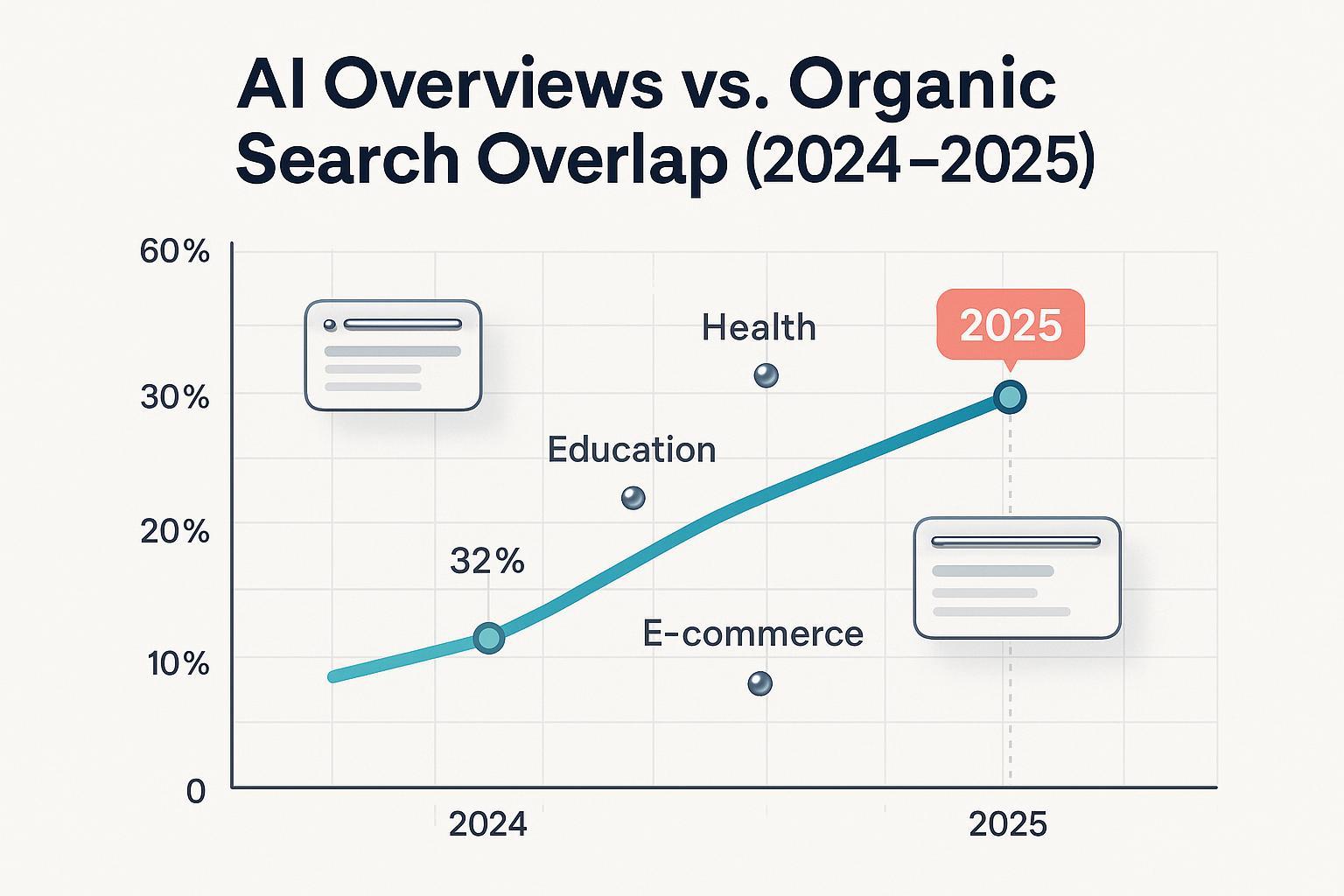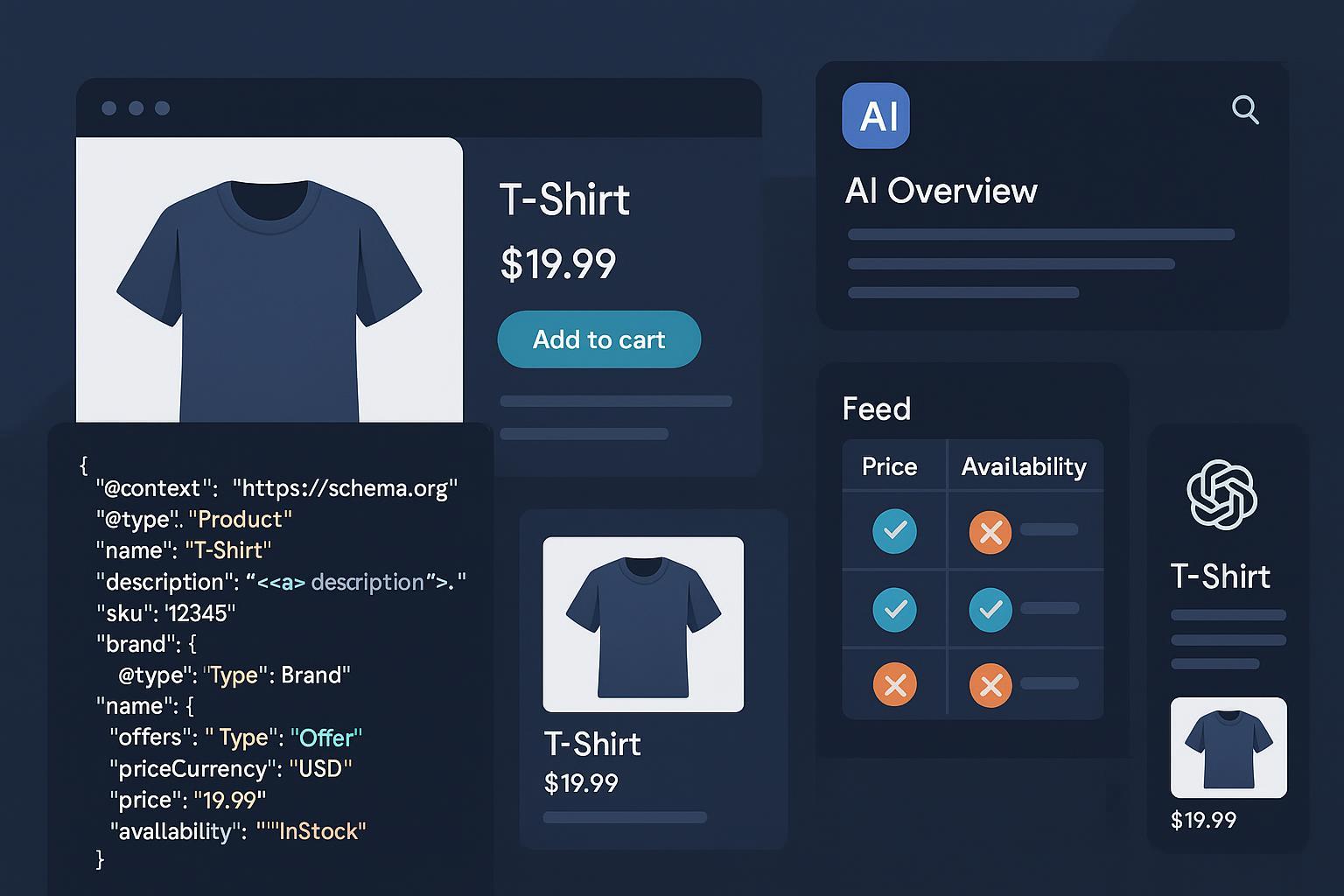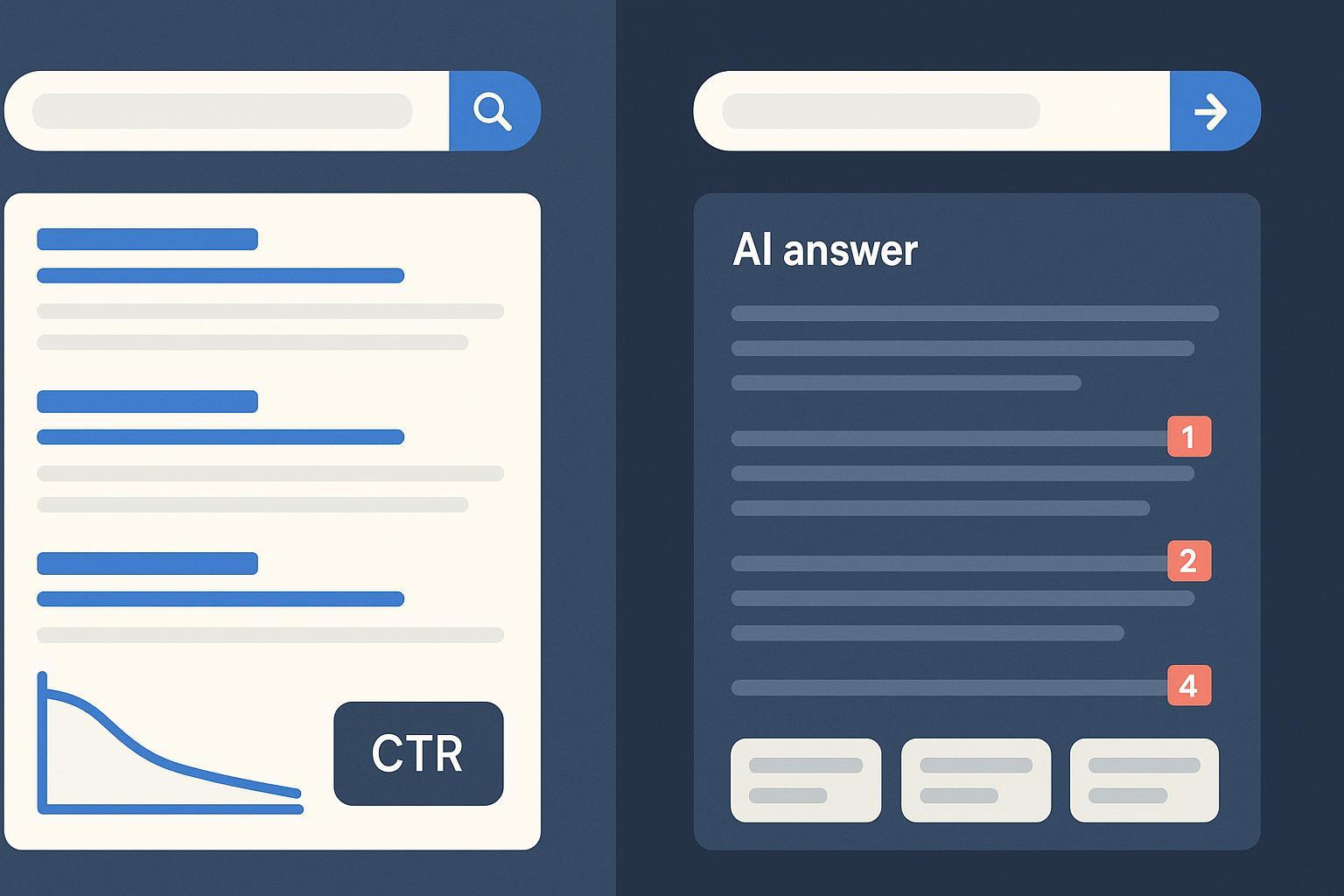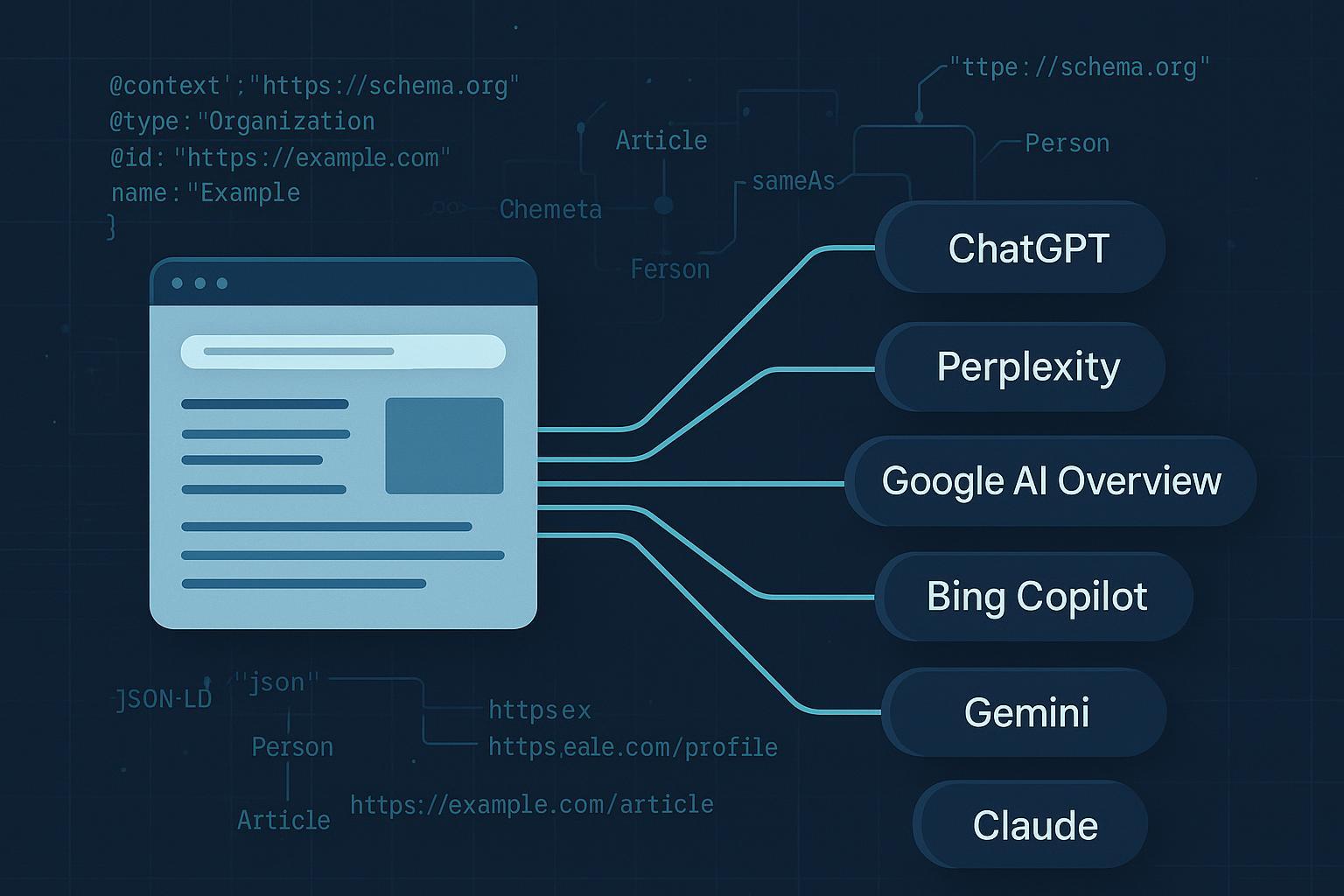AI Overviews: 54% Organic Overlap in 2025—What Content Creators Need Now
Google's AI Overviews now cite sources overlapping 54% with organic results (2025 data). Discover key impacts and actionable strategies—read now.


Updated on 2025-10-04 — We monitor changes in overlap rates monthly and will add notes when shifts exceed 5 percentage points or when Google confirms AIO/core updates.
Google’s AI Overviews (AIO) are increasingly citing sources that also rank on page one of organic search. Multiple 2025 datasets indicate the URL-level overlap has climbed to around 54%—a progression from roughly a third of citations in mid‑2024 to over half this year, as recapped in Search Engine Journal’s October 2025 coverage of BrightEdge’s tracking: see the finding summarized in the SEJ 2025 recap of BrightEdge data. For content teams entering Q4 2025, this convergence matters: AIO visibility increasingly mirrors traditional SEO signals, yet it rewards concise, evidence‑dense answers over padded long‑form.
What “overlap” means — and why some studies report ~15%
Not all overlap metrics measure the same thing. That’s why you’ve seen both ~54% and much lower readings around the March 2025 update window.
- URL-level overlap (page-one): Tracks how often AIO citations match URLs that rank somewhere in the top‑10 organic results. This is the ~54% figure summarized by SEJ (BrightEdge) in October 2025.
- Strict URL+position overlap: Uses tighter matching criteria (exact URL and position alignment). During the volatile period immediately after the March 2025 core update, this narrower metric dipped to about 15%, according to Search Engine Land’s April 2025 report on post‑update overlap.
- Domain-level intersection: Measures whether the domain cited in AIO appears anywhere in top organic results. Semrush’s 2025 analyses suggest domain intersections are often far higher than URL matches; see its AI studies on trigger rates and intersections, including the Semrush 2025 AI Overviews study and the AI Mode comparison study (2025).
Definition matters. Choose the metric that aligns to your goal: URL-level overlap for “are our exact pages being cited,” domain-level for “is our site considered,” and strict overlap for “do AIO citations mirror top organic positions precisely.”
Why this matters for planning and measurement in 2025
If AIO is converging with page-one SEO signals, your editorial planning should adapt without abandoning fundamentals:
- Treat page-one ranking as a strong prior for AIO inclusion, but recognize that superior topical coverage, freshness, and citations can still help non‑top‑10 pages break into AIO panels.
- Expand measurement beyond rankings. Track AIO presence for priority queries, which URLs/domains are cited, whether there’s linkback visibility, and the sentiment of the summary toward your brand.
- Segment by vertical. Healthcare, education, insurance/finance, and B2B often show higher overlap, while e‑commerce and travel trend lower.
Vertical spread — why e‑commerce lags while YMYL niches lead
As AIO prioritizes trustworthy, comprehensive sources for informational queries, we see stronger URL‑level overlap in high‑E‑E‑A‑T verticals (healthcare, education, insurance/finance, B2B) and consistently weaker overlap in transactional categories.
- E‑commerce spotlight: Several 2025 summaries peg e‑commerce overlap closer to the low‑20s; Prerender.io’s October 2025 benchmark for commerce sites reports around 22.9% URL-level overlap, reflecting AIO’s tendency to cite neutral, information‑rich resources over PDPs. See Prerender.io’s 2025 e‑commerce benchmark for methodology and tactical suggestions.
- Informational dominance: Semrush’s tracking shows AIO triggers primarily on informational queries and far less on transactional navigations, which helps explain vertical differences; review patterns in the Semrush 2025 AI Overviews study.
For commerce teams, the practical takeaway is to build comparison guides, buyer’s guides, troubleshooting content, and FAQs that align with informational intents more likely to trigger AIO, alongside technically sound product pages.
How to audit your AIO presence and overlap (monthly workflow)
Here’s a practical, repeatable process for teams to measure AIO–organic overlap and sentiment by keyword cluster.
- Define your query set and clusters
- Start with informational intents where AIO triggers more often. Group by vertical/topic and map to revenue or brand priorities.
- Collect AIO citations
- For each query that triggers AIO, capture the citation URLs (and domains) shown in the panel. Record whether linkbacks are present.
- Compare against organic page‑one
- For the same queries, export the top‑10 organic URLs and compute URL‑level and domain‑level overlaps. Note divergences where AIO cites outside page one.
- Score sentiment and answer quality
- Qualitatively rate whether the AIO summary supports or contradicts your guidance. Capture brand mentions and any quotes.
- Log and alert
- Maintain a change‑log and set alerts for shifts ≥5 percentage points and for citation or sentiment changes around core updates.
In practice, teams often streamline this with purpose‑built platforms. For example, Geneo can monitor multi‑engine AI search visibility (Google AIO, ChatGPT, Perplexity), track citation incidence and sentiment, and maintain historical query records to simplify monthly audits. Disclosure: Geneo is our product.
Content upgrades that tend to raise AIO citation likelihood
Focus on clarity, evidence, and freshness—without turning pages into keyword‑stuffed monoliths.
- Tighten entity coverage and structure
- Define key entities clearly; include synonyms and related concepts. Use appropriate schema to aid disambiguation.
- Increase evidence density
- Cite primary sources and standards with context‑rich anchor text. Google’s own guidance for site owners in 2025 emphasizes accessibility, quality, and clarity; see Google Developers’ 2025 “Succeeding in AI Search”.
- Improve answerability
- Lead with scannable summaries and stepwise explainers. Add FAQs that mirror common sub‑intents.
- Freshness discipline
- Review critical pages every 60–90 days, timestamp updates, and reflect new data.
Metrics to track, with a lightweight stack
A robust AIO monitoring stack goes beyond rank tracking to capture AI panel behavior and impact.
- Core metrics
- AIO presence by query cluster; citation incidence (URL and domain); linkback behavior; summary sentiment; overlap variance post‑updates.
- Helpful internal resources
- For cross‑engine monitoring cadence, see 2025 GEO Best Practices for Generative AI Search Optimization.
- For tooling options and evaluation criteria, see 7 Best AI Overview Tracking Tools (2025 Guide).
- For defining a composite visibility metric, see What is AI Search Visibility Score?.
The next 3–6 months: what to expect
AIO will likely continue iterative tuning, with overall overlaps drifting ±5–10 points and larger swings by vertical. Watch for changes in citation formatting and link behavior that can affect measurement reproducibility and reporting. Expect seasonal volatility in commerce (holidays) where AIO behavior diverges from informational niches.
Next steps
- Run a baseline AIO audit for your top informational clusters this month; set monthly alerts for ≥5‑point changes in overlap or sentiment.
- Refresh key explainers and comparison guides before holiday season; emphasize entity clarity and evidence density.
- If you need a structured way to track multi‑engine visibility and sentiment alongside historical queries, consider setting up monitoring with Geneo.
Sources cited in‑line above include the SEJ October 2025 recap of BrightEdge’s ~54% URL‑overlap, Search Engine Land’s April 2025 report on the post‑update strict overlap dip, Semrush’s 2025 studies of AIO triggers and intersections, Google Developers’ 2025 guidance for succeeding in AI search, and Prerender.io’s October 2025 e‑commerce benchmark.




